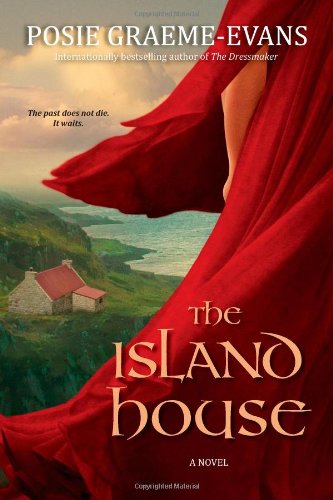The Island House
When archaeologist Freya Dane’s absentee father dies, she inherits his dilapidated old home on Findnar, an island off the Scottish coast. Though Freya knows little of her father, she sees her visit to Scotland as an escape from her life and her dissertation, and an opportunity to learn more about him. She soon realizes that the home holds secrets beyond anything she could have expected, and her discoveries reinvigorate her interest in art, history, and archaeology.
A parallel narrative tells the story of Signy, a young Pictish girl whose family is murdered by Viking raiders. Signy is one of the sole survivors of the brutal raid; the other, a teenage Viking warrior nicknamed Bear, is left for dead by the raiding band. Despite their pagan backgrounds, the residents of the monastery at Findnar take in both Signy and Bear. Bear refuses to assimilate, while Signy experiences several crises that drive her towards, and then away from, the new Christian faith.
Graeme-Evans slides easily through two time periods—the end of the first millennium A.D., when Vikings raided the islands along the Scottish coast, and the present day, where Freya and her friends learn the truth about the home her father loved so much. When the two narratives cross, it’s handled skillfully, and though there are touches of the paranormal, it’s believable. The uniting theme behind the various threads of the plot is discovery; self-discovery, discovery of artifacts, and discovery of the truth. The Island House is a fast-paced novel packed with action, romance, tragedy, and history, and readers who enjoy sagas set in multiple time periods will appreciate all it has to offer.










